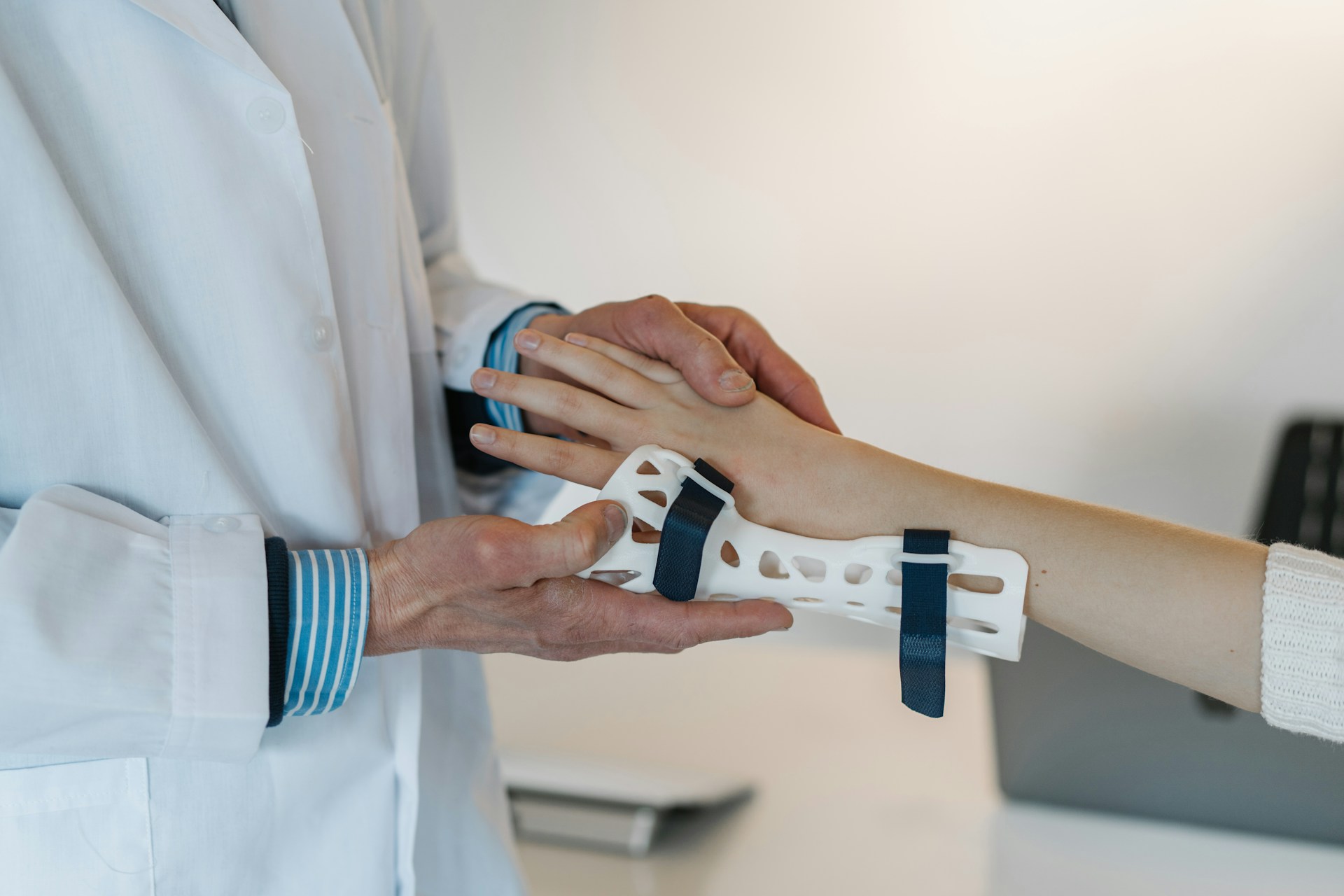Physical therapy plays a crucial role in orthopedic recovery, helping patients regain strength, mobility, and functionality after injuries or surgeries. Whether recovering from a surgery like ACL reconstruction or managing a chronic condition, physical therapy offers numerous benefits that contribute to a successful recovery.
Restoring Movement and Function
One of the primary goals of physical therapy is to restore movement and function. After an injury or surgery, it is common to experience reduced range of motion and strength. Physical therapists use targeted exercises and techniques to gradually improve mobility and strengthen affected areas. This helps patients return to their daily activities and reduces the risk of future complications.
Pain Management
Physical therapy can also aid in managing and reducing pain. Therapists use various methods such as manual therapy, heat and cold treatments, and electrical stimulation to alleviate pain and discomfort. This approach helps patients avoid or minimize reliance on pain medications and enhances overall recovery.
Rehabilitation and Recovery
For those undergoing orthopedic surgery, physical therapy is essential for rehabilitation. Post-surgical physical therapy focuses on healing the surgical site, improving joint function, and strengthening the muscles surrounding the area. A tailored rehabilitation program ensures that patients progress at a safe and effective pace, minimizing the risk of complications and enhancing recovery.
Improving Strength and Flexibility
Physical therapy helps improve strength and flexibility, which are crucial for overall function and injury prevention. Through personalized exercise programs, physical therapists address specific weaknesses and imbalances, helping patients build strength and increase flexibility. This not only aids in recovery but also enhances overall physical performance and reduces the risk of future injuries.
Education and Prevention
Physical therapists educate patients about proper body mechanics and techniques to prevent further injury. They provide guidance on how to perform activities safely, how to maintain good posture, and how to engage in exercises that support long-term health. This education empowers patients to take an active role in their recovery and overall well-being.
Personalized Care
One of the greatest benefits of physical therapy is the personalized care provided. Therapists create individualized treatment plans based on each patient’s specific needs and goals. This tailored approach ensures that the therapy is effective and addresses the unique aspects of each patient’s condition.





